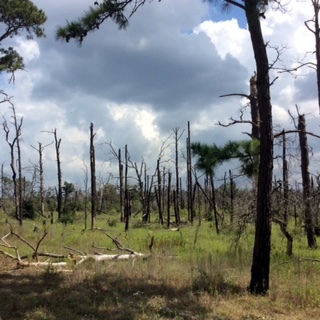(An updated version of a post from some years ago, presented for your diversion. I confess that things to do with real life, the Tiny Publishing Bidness and my busy schedule of book-related events have been coming thick and fast. I have about three posts on various topics planned, half-written and nearly complete, but, alas — this will have to do for now.)
Among my regular chores as regards maintenance of the various sites that I own and administer is that of emptying out the spam queue – which, unless there is more than a couple of hundred entries in it – I feel obliged to do a quick pass-over just to make sure that no ones legitimate comment has been caught in the spam torrent. This does happen, on occasion. But the most marvelous part is that none of the automated comment spam has ever “leaked” into the blog portions of The Daily Brief, Celia Hayes Books & More, and the new addition to the Sgt. Mom family of websites, LunaCityTexas.com, thus depriving readers of a handy link with which to purchase or download a dizzying variety of pharmaceutical products, porn, online games of chance, fake designer products, and cell phone ring tones. (Alas, sometimes legitimate comments are caught in the spam queue.) Every once in a while, there is a spam which looks like a completely conventional and legitimate business; a spam with somewhat of an embarrassed look to it, as if not being able to figure out how it got into such disreputable company. But such are very rare – and since I do not click on the links, I have no way of knowing if they are indeed legitimate – or just generated by someone who is a little cleverer about disguising themselves.
Read more

